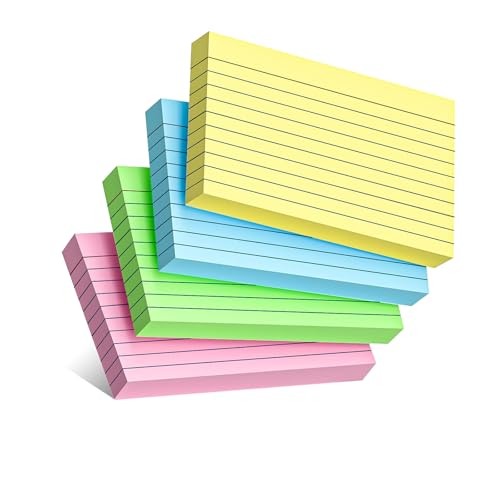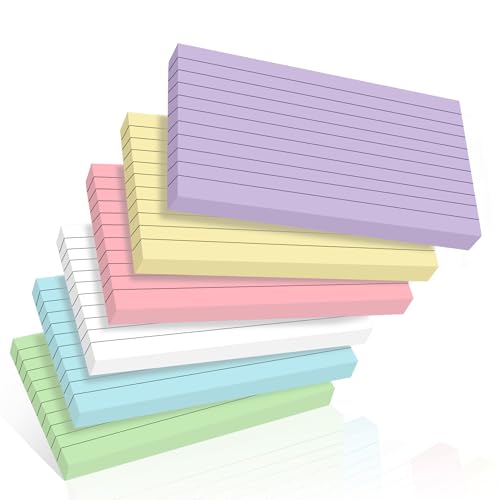What Are Index Cards?
Index cards are a valuable tool used by students, researchers, and writers alike. They are perfect for jotting down notes, ideas, and important facts. These small and sturdy cards come in various sizes and colors and are often used for creating flashcards or organizing data into manageable chunks. Many wonder if they can be used in a printer or if they must be written by hand.
What Type of Index Cards Can Be Used in a Printer?
Index cards can be used in a printer, but not all index cards are created equal. The most important factor when using index cards in a printer is the thickness of the card stock. Most printers are not compatible with index cards that are thicker than the standard 110 lb index card. However, some printers can handle thicker card stock, so it is important to check the printer’s specifications before attempting to print on thick index cards.
How to Feed Index Cards Through a Printer
Feeding index cards through a printer can be tricky and requires some finesse. To begin, fan the index cards to separate any stuck together. Next, align the cards properly in the printer tray so that they feed through the printer correctly. Finally, adjust the printer settings to allow for the thicker card stock and print as usual.
Why Use Index Cards in a Printer?
There are several advantages to using index cards in a printer rather than writing them by hand. Printed index cards are more professional looking, have lower instances of errors, and can be edited and updated more easily. Additionally, using a printer can save time and energy, making it an efficient option for those with large amounts of data to record and organize.
Where to Buy Index Cards for Printers
Index cards for printers can be found at most office supply stores, as well as online retailers such as Amazon and Staples. It is important to ensure that the index cards purchased are compatible with the printer being used and that they are of the proper thickness to avoid printer jams and other issues.






